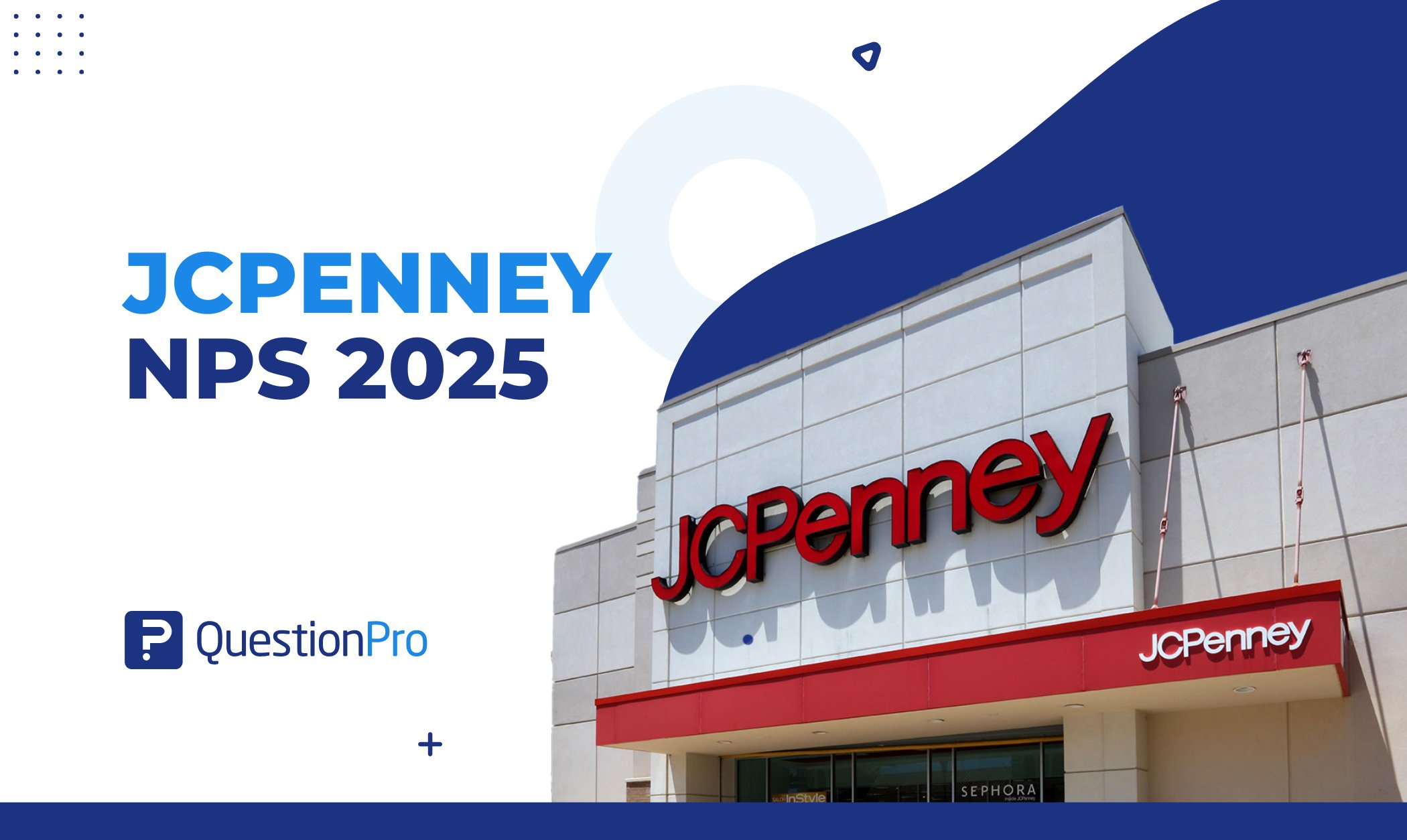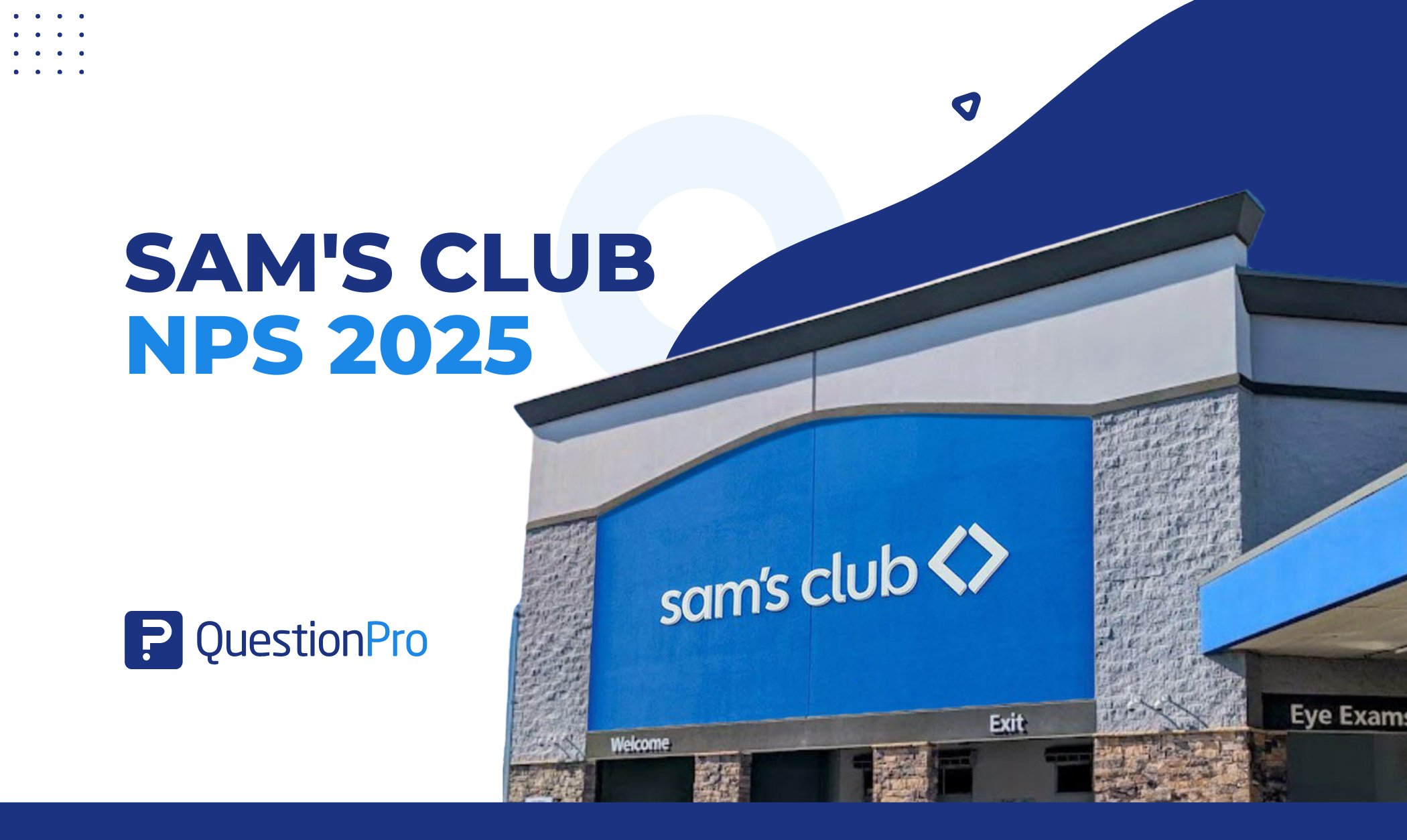
An employee feedback survey is notoriously divisive. For every person who has praised the process, there’s a peanut gallery saying: “Too long.” “It’s just lip service.” “Why bother?”
These are all legitimate complaints and usually, arise because HR and upper management have not made it clear the “why” of employee feedback survey. Because honestly, why bother? They take hours to set up, hours to collect data, and days to analyze and process.
Yes, an employee feedback survey can be a tremendous waste of time. But you can say that about any process done incorrectly. Done correctly, an employee feedback survey provides invaluable insight. After all, employees are a company’s greatest resource and investment. It’s the employees who build the products, service the customer, market and embody a company brand.
The engaged, motivated employee goes the extra mile. That extra mile is what takes a company to the next level. It’s in the company’s best interest to maximize each and every employee’s potential. That’s why you should also do start doing work culture surveys.
But you can’t improve what you can’t measure
To maximize your workforce’s potential, you need to understand your workforce’s strengths and weaknesses. This insight can only be gained through regular and thorough communication. And we have made it easy for you to start gaining insights with our Employee Evaluation Survey templates.
Employee feedback survey works because it provides structure.
- It provides a universal definition and framework.
What is a success? What is a good employee? What exactly, does it mean to be a good communicator or leader? Employee feedback surveys provide a universal definition that everyone can agree upon to base their critique and analysis on.
- It establishes a quantitative measure.
Most employee feedback surveys are metric based and are usually structured on a five-point scale. By having a quantitative scale, you can start tracking change over time.
- It captures trends and outliers for true insight.
Most employee feedback surveys are metric based and are usually structured on a five-point scale. By having a quantitative measure, you can start tracking change over time.
- It can be scaled to hundreds of departments and thousands of employees.
An informal coffee run is a great opportunity give and gain employee feedback. But useful as they are, coffee runs are informal, irregular, and leave no written/quantitative record. They are also impossible to scale. Even a CEO of a small company is unlikely to have the time to sit down and have personal one-on-one time with every employee. The employee survey is scalable and reaches every individual. Here are more benefits from Employee Satisfaction Surveys.
Set up your employees for success with the right employee feedback and analytics tools.







